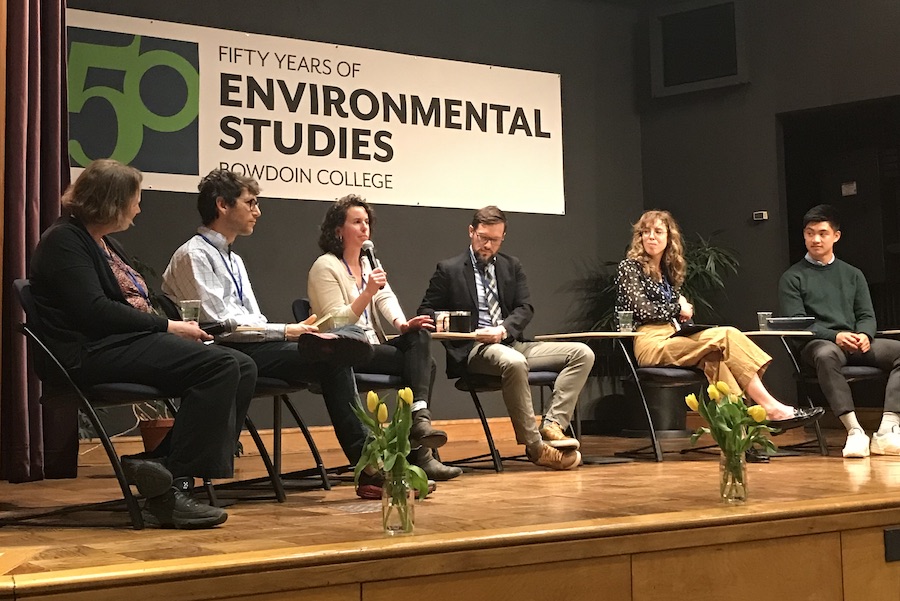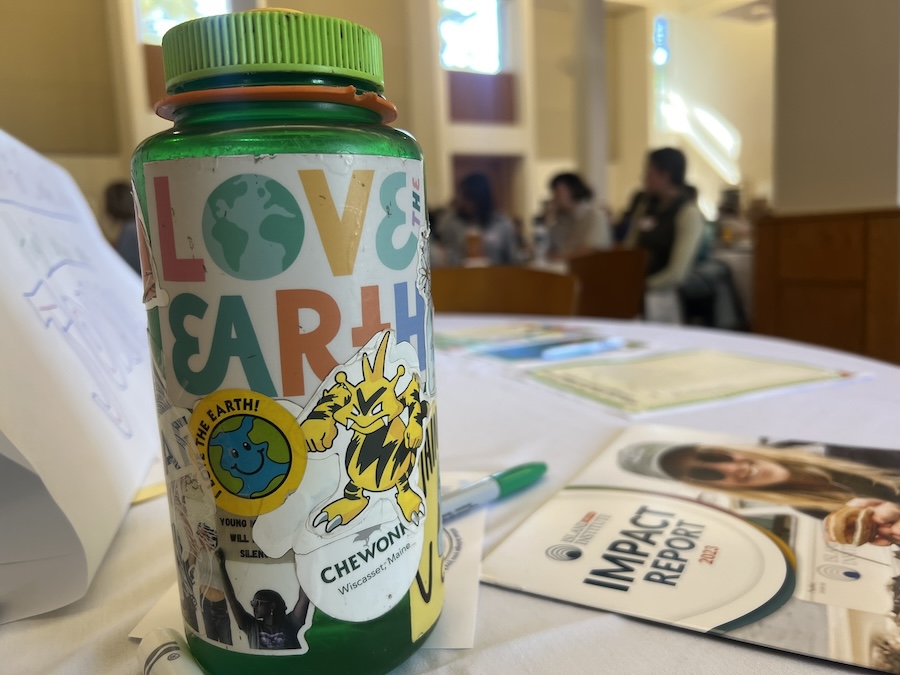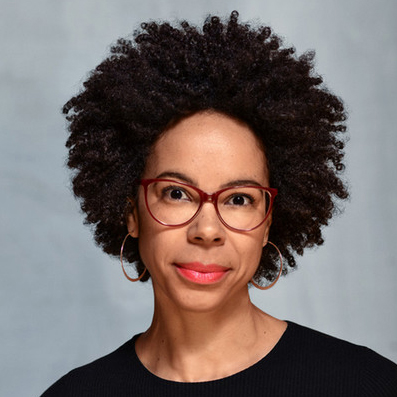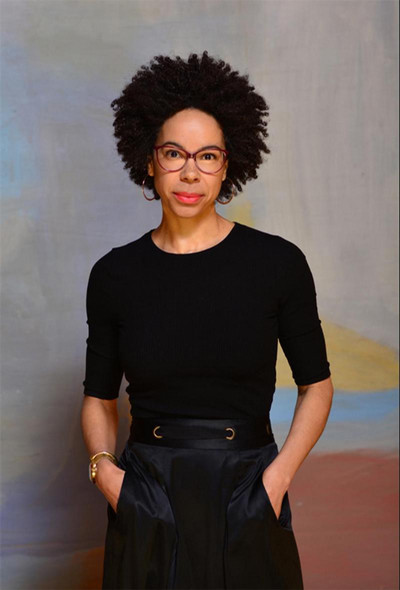ES Symposium Yields Synergistic Opportunity for Politico Reporter Corbin Hiar ’05 and Coastal Resiliency Expert Sam Brody ‘92
By Bowdoin
The symposium brought more than a dozen alumni to the College to participate in public discussions about environmental justice, storytelling, design, planning, and sustainability.
Sam Brody ’92, an expert on flood risk and mitigation, was one of the alumni guests; he participated in a panel about environmental design and planning. He is Texas A&M University's Regents Professor in the Department of Marine and Coastal Environmental Sciences.
Hiar writes about energy and the environment and was part of the symposium's environmental storytelling panel. In the months leading up to the event, he had been investigating a seeming inconsistency in the "gold-standard for environmental design," the US Green Building Council's LEED rating system.
After hearing Brody speak about strategies for lessening coastal flooding, Hiar became curious to hear Brody's thoughts about LEED. He pulled Brody aside to question him and the two talked in depth a week later. In the end, Hiar said Brody's input was invaluable to his reporting and helped frame the piece. He thanked the environmental studies program for bringing the two together.
In his Politico special report, which was published in late September, Hiar examines what he calls a contradiction in the LEED program, in that "the influential rating system largely overlooks the growing impacts of climate change, despite increasingly frequent and severe climate-related disasters..."
"As a result, the Green Building Council has affixed its coveted three-leafed seal to more than 800 new buildings in the past decade that are at extreme risk of flooding, according to an analysis by POLITICO’s E&E News and the First Street Foundation, a nonprofit that models likely climate impacts."
If these buildings require repairs or even become uninhabitable before the end of their life cycle, the value affixed to their being green and sustainable comes into question. "More importantly," Hiar writes, "the LEED process and the tax breaks involved could be a crucial tool for preparing man-made structures for climate-related disasters—one that is being squandered today."



